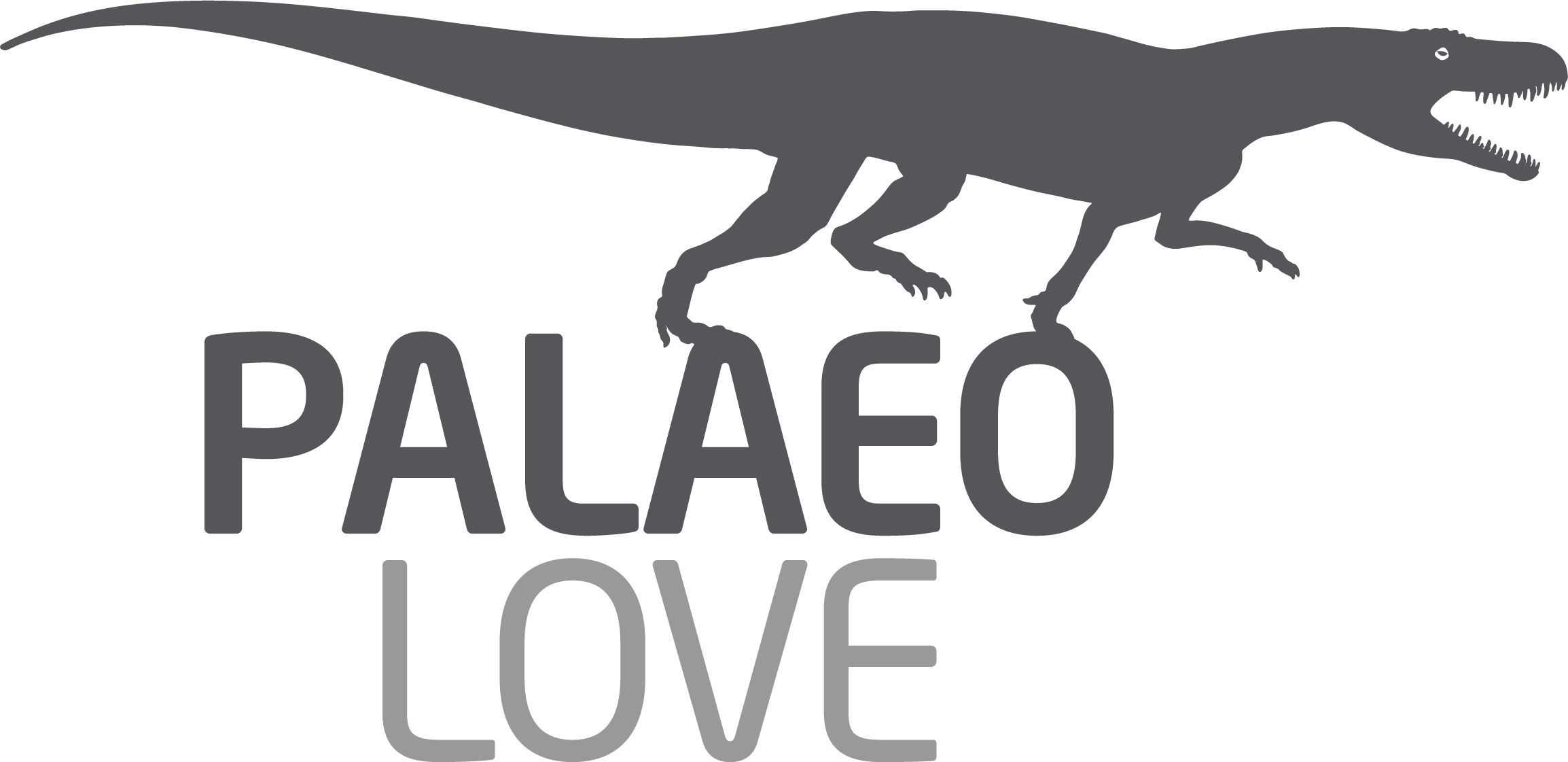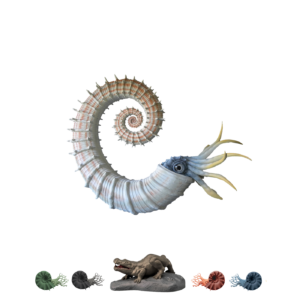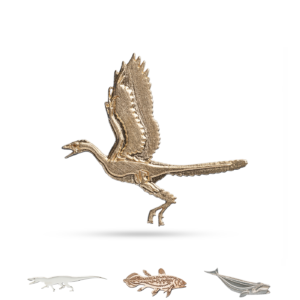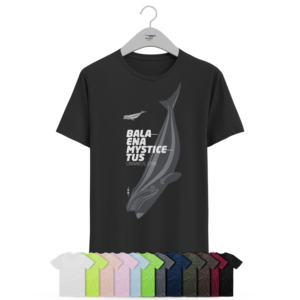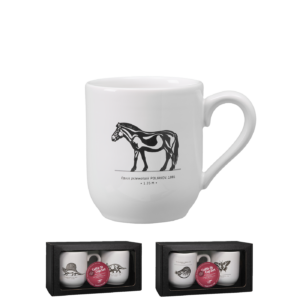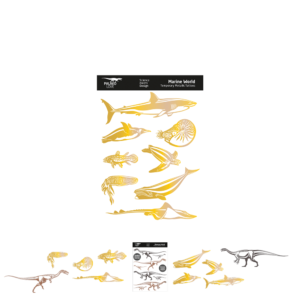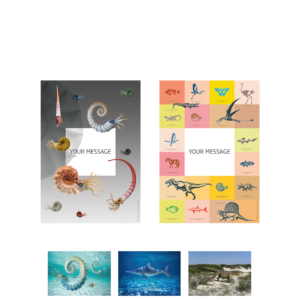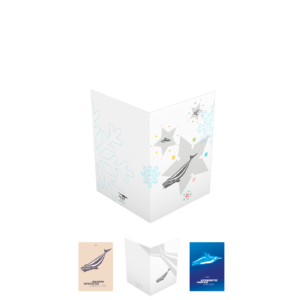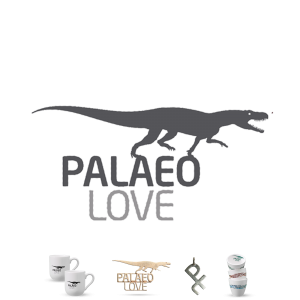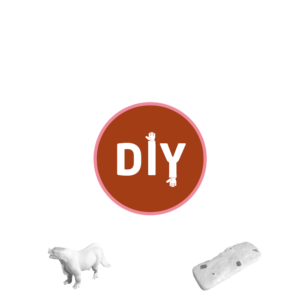PALAEOLOVE’s Time & Group Code
The task of the PALAEOLOVE’s Time and Group Code is to directly inform visitors and customers of their favoured organism groups via our homepage and to guide them to the appropriate objects, artwork or illustrated items.
Time Code for Animals and Plants
Recent, living in the present
Recently extinct (subfossil), vanished during the Holocene* (the last 11700 years)
Fossil, existed before the Holocene*
Time Code for Mushrooms/Fungi and Early & Primitive Live
Recent, living in the present
Fossil, existed before the Holocene*
PALAEOLOVE’s Time and Group Code
If we are interested in wildlife or the evolution of animals and plants, respectively their behaviour, ecological requirements or systematics, we will encounter disciplines of organismic biology (neontology) and palaeobiology (palaeontology). The same will happen if we are interested, e.g., in mushrooms/fungi or early and primitive life.
Organismic disciplines are amongst others zoology/botany, physical anthropology/palaeoanthropology (natural history of man and other primates) or palaeozoology/palaeobotany.
The neontological disciplines (zoology, physical anthropology, botany) scientifically cultivate the fields of recent or living organisms, the palaeontological ones (palaeozoology, palaeoanthropology, palaeobotany) carry out investigations on former life or fossil (=/≠ prehistoric) taxa. Organismic research on living specimens is conducted by direct observations or profound analyses of body functions (physiology) etc. Scientific interpretations of fossils are based on comparative anatomy, functional morphology and so on as well as on the biology of related or ecologically similarly adapted living organisms and the application of their biology to the extinct taxa under study. Thus, the mode of life or palaeobiology of fossils can be interpreted and it is possible to prepare life reconstructions to visualise them for the public.
As a rule the animals and plants presented on this website lived as a rule after the Cambrian explosion or radiation in the course of the last 541 million years of Earth history or are existing today – but some may be older. The Cambrian explosion was a relatively short evolutionary event during which most major animal groups appeared. Since then life on Earth has well been documented by the fossil record due to «nature’s invention of biomineralization» (the capability of organisms to produce hard tissues).
The mushrooms/fungi presented here are recent organisms. The offered representatives of early and primitive live can be both, recent or fossil.
The current Geologic Time Scale / Chronostratigraphic Chart
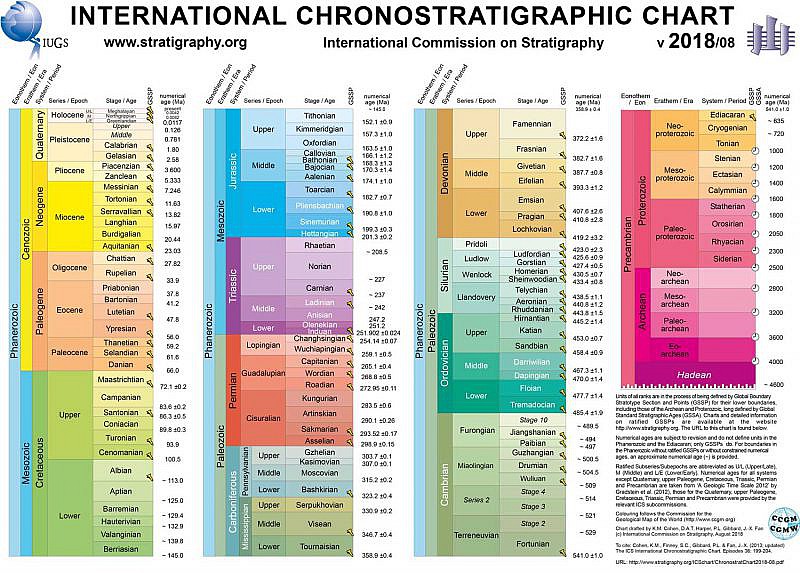
This Chart with a fine subdivision of Earth’s history (relative time sequences) and up-to-date numerical ages (absolute time data) published by the International Commission on Stratigraphy can be looked up > here
The Group Code for directly accessible Popular Organismic Groups of Interest
This code is used together with a product code for the Product Categories showing up on the shop page and to some extent also for the Publication Categories (see below) on the blog side bar:
- Fossil Organisms
- Fossil Vertebrates/Craniota (also used as Publication Category in the blog)
- Non-Avian Dinosaurs
- Fossil Invertebrates (also used as Publication Category in the blog)
- Recent Organisms
- Recent Vertebrates/Craniota (also used as Publication Category in the blog)
- Recent Invertebrates (also used as Publication Category in the blog)
- Marine Reptiles
- Marine Mammals
- Active & Passive Flight
